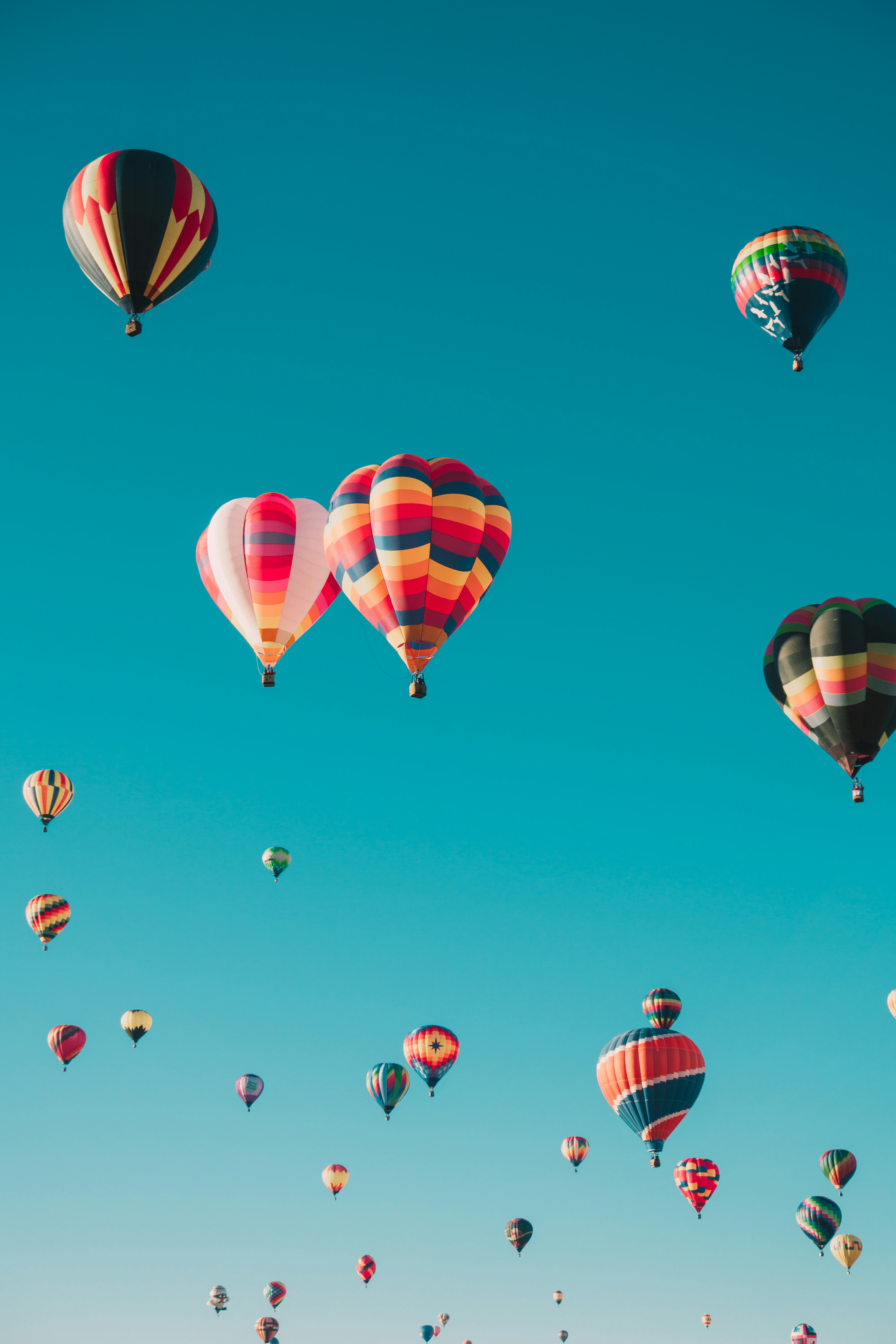Mastering Mobile Photography: A Pro's Guide
Mobile photography has revolutionized how we capture and share moments. This guide offers expert tips to elevate your smartphone photography skills, helping you create stunning images without needing expensive equipment. I've been a professional photographer for over 10 years, and these techniques have helped me capture incredible shots on the go.
Key Points:
- Understand your camera's settings.
- Master composition using the rule of thirds.
- Learn to shoot in various lighting conditions.
- Edit photos for a polished look.
- Invest in essential accessories.
Understanding Your Smartphone Camera

Smartphones now boast impressive camera capabilities. Familiarize yourself with your phone's camera app. Explore features like HDR, panorama, portrait mode, and manual controls, if available.
Understanding ISO, shutter speed, and aperture (if adjustable) will give you greater control over your images. Most smartphones have an auto mode that works well in many situations, but understanding the basics empowers you to make informed decisions and improve image quality.
Mastering Composition Techniques
Composition is key to creating visually appealing photos. The rule of thirds is a fundamental principle. Imagine dividing your frame into nine equal parts with two horizontal and two vertical lines. Place key elements along these lines or at their intersections.
Leading lines can guide the viewer's eye through the image. Use natural lines like roads, rivers, or fences to draw attention to your subject. Experiment with different angles and perspectives to add interest and create unique compositions. Don't be afraid to move around and find the best vantage point.
Consider using symmetry and patterns. These elements can create a sense of order and balance in your photos. Look for repeating shapes or symmetrical scenes and use them to your advantage. Negative space can also be a powerful tool. Leaving empty space around your subject can create a sense of calmness and emphasize its importance.
Shooting in Different Lighting Conditions
Lighting is crucial in photography. Natural light is often the best option. Shoot during the golden hour (sunrise and sunset) for warm, soft light. Overcast days provide even, diffused light, ideal for portraits.
Avoid shooting in direct sunlight, as it can create harsh shadows and overexposed areas. If you must shoot in bright sunlight, try using a diffuser or finding shade. When shooting indoors, position yourself near a window to maximize natural light. If natural light is insufficient, consider using artificial lighting, like a ring light or a softbox.
Experiment with long exposure techniques in low-light conditions. Using a tripod or stabilizing your phone against a solid surface can help capture sharp images with longer shutter speeds. Remember that flash photography often produces unflattering results. Try to avoid using the built-in flash whenever possible.
Editing Your Photos Like a Pro
Photo editing apps can enhance your images and give them a polished look. Popular apps like Snapseed, Adobe Lightroom Mobile, and VSCO offer a wide range of editing tools. Start with basic adjustments like exposure, contrast, and white balance.
Adjust the highlights and shadows to balance the image. Increase sharpness and reduce noise to improve detail. Experiment with different filters and presets to achieve your desired style. However, avoid over-editing your photos. A subtle approach often yields the best results. Remember to crop and straighten your images for better composition.
Essential Mobile Photography Accessories
While not always necessary, certain accessories can significantly enhance your mobile photography experience. A portable tripod can stabilize your phone for sharp images in low light or for time-lapse photography.
Lens attachments, like wide-angle, macro, and telephoto lenses, can expand your creative possibilities. A Bluetooth remote shutter can eliminate camera shake when taking selfies or group photos. Consider a portable light source, like a ring light or a mini LED panel, for improved lighting in challenging situations.
Mastering mobile photography takes practice and experimentation. By understanding your camera's capabilities, mastering composition techniques, and learning to edit your photos effectively, you can capture stunning images that you'll be proud to share. Don't be afraid to break the rules and develop your own unique style.


Follow Us